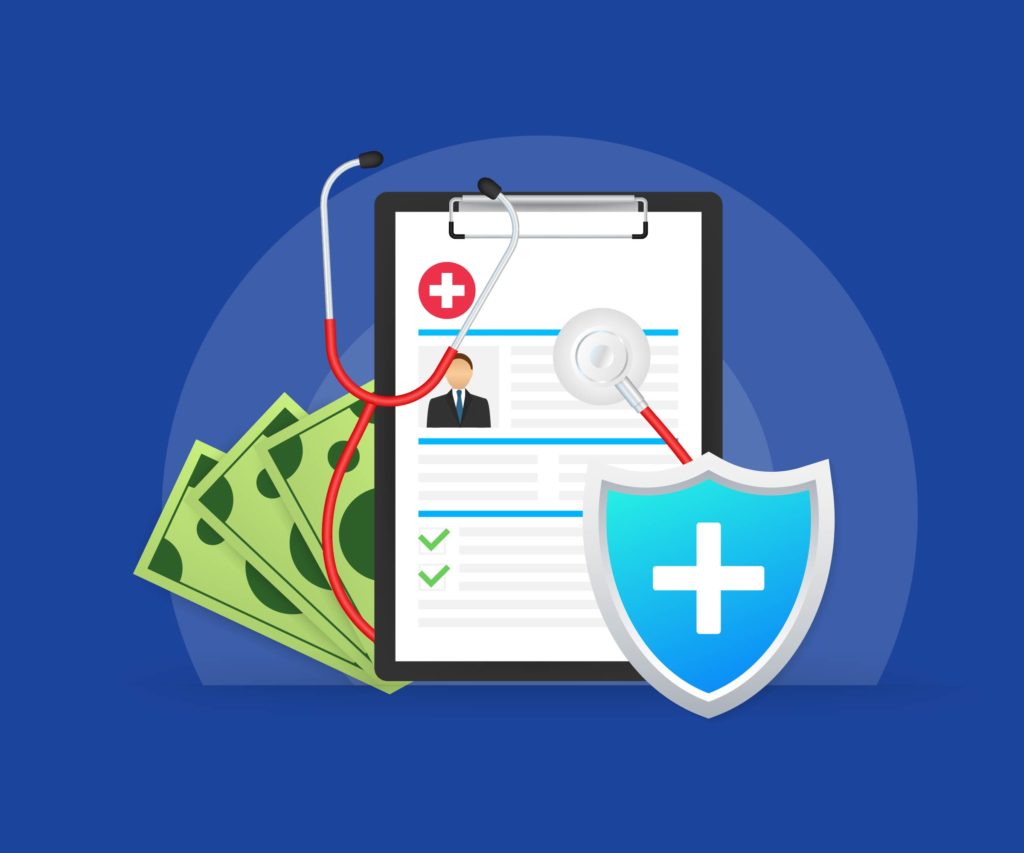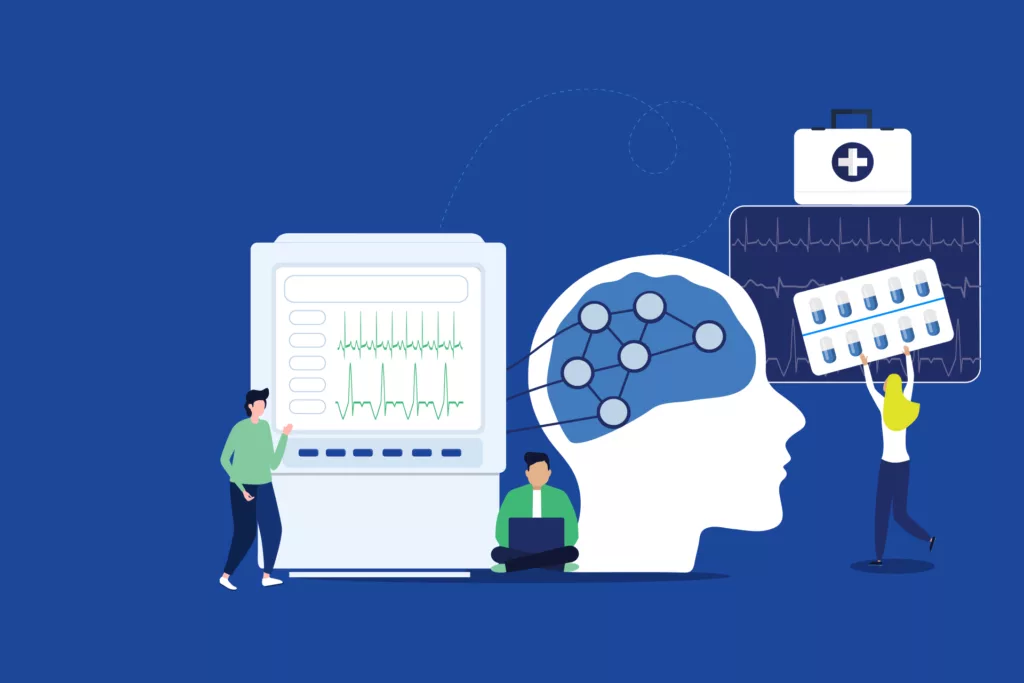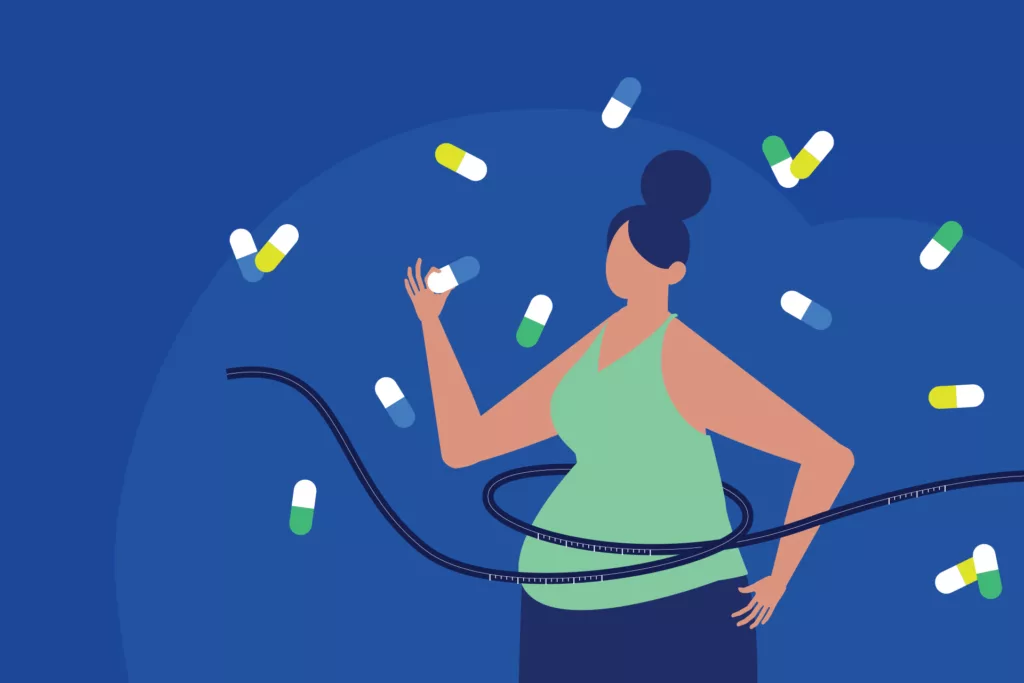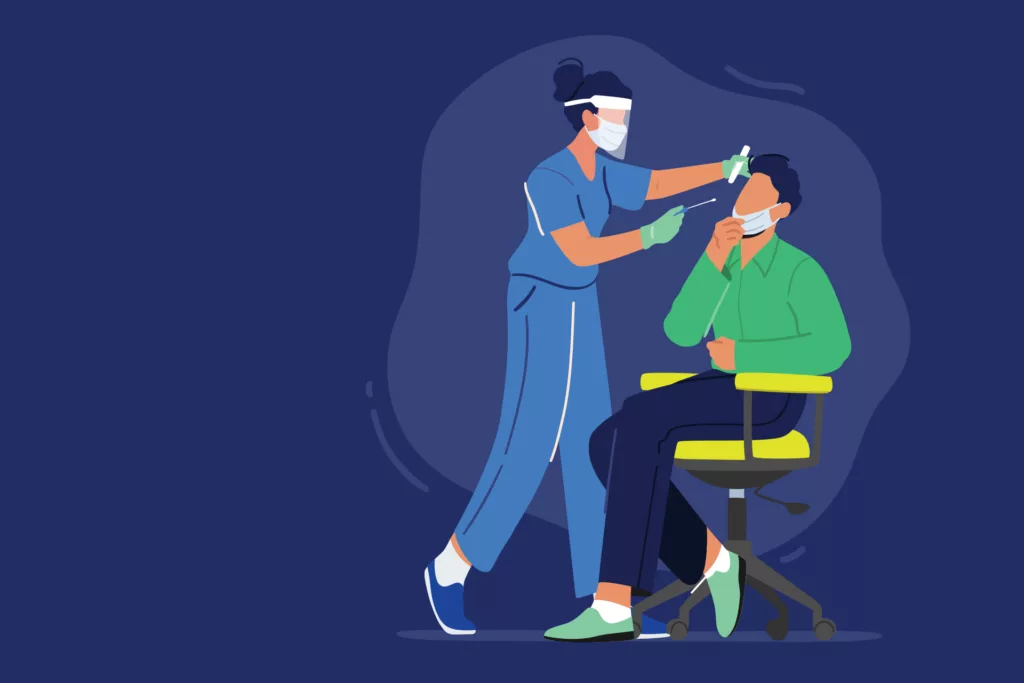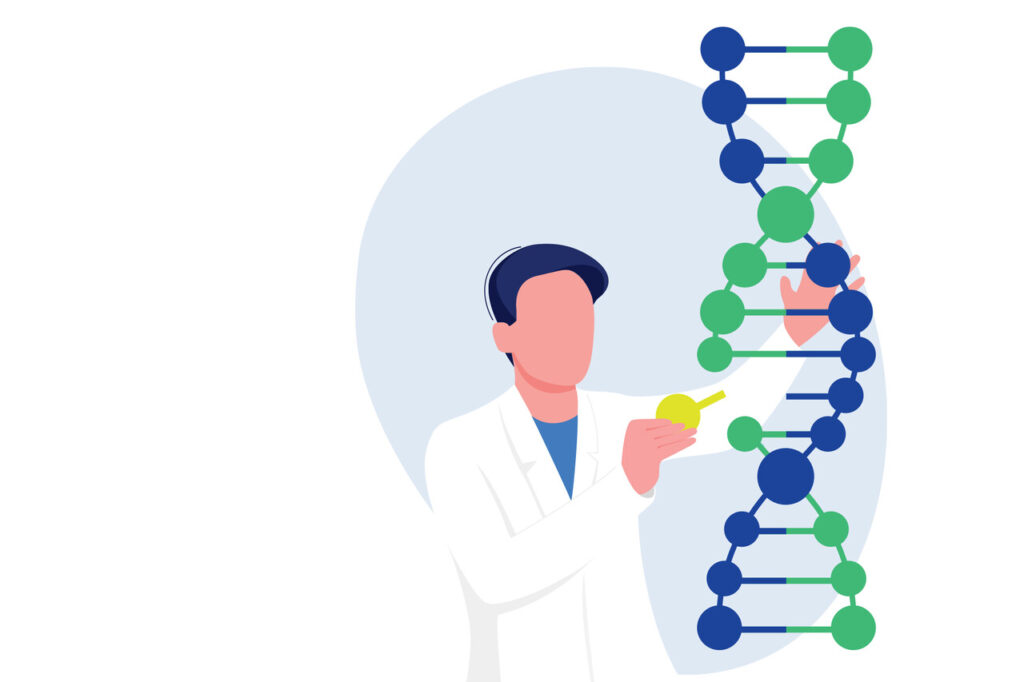Our healthcare system is extremely complex and increasing drug pricing transparency will be a big part of simplifying it in order to reduce costs. However, drug price data has to be easily digestible by consumers. The average American, and even healthcare professionals not directly involved in the payment and finance side of the business, are simply not equipped to understand drug pricing and formulary placement information that recently came to light as a result of the Hospital Price Transparency Rule that went into effect January 1, 2021. While the rule’s intentions are good, it simply isn’t an effective instrument to drive down cost.
The scope of the drug pricing problem in the U.S.
Patients in the United States spend more than people in other countries on prescription drugs, approximately $1,200 annually according to the Organization for Economic Cooperation and Development. Among adults ages 18-64 with employment-based coverage, the percent enrolled in High Deductible Health Plans (HDHP) without an HSA increased from 10.6 percent in 2007 to 51 percent in 2019. Every day, three out of 10 Americans do not take medication they need due to cost and complication.
The fact that cost is driving Americans to make decisions that are likely detrimental to their health is plain to see. About 9 percent of all prescriptions are abandoned by the patient. When we break this out by cost, we see that merely 5 percent of prescriptions with no charge are abandoned, while an alarming 60 percent are abandoned when they cost more than $500.
For perspective, typical cancer drug treatments cost $10,000 a month. A leading cause of bankruptcy in the U.S. is medical cost, including medication expenses. The problem compounds as patients experience anxiety and depression as well as other health complications when they cannot afford their medications.
Far-reaching consequences of high drug prices also include preventing the most innovative drugs from being widely used. In this complex and unpredictable marketplace where drugs can cost anywhere from pennies to thousands of dollars, physicians are far more inclined to prescribe older, generic drugs they know will be covered. As a result, more innovative agents do not reach patients who need them.
The lack of drug pricing transparency and rising drug cost in the United Sates is negatively impacting patient care. Including those patients with pharmacy drug insurance coverage. High drug pricing is passed on to the patients in the form of out-of-pocket cost. As a result, more and more patients each year are seeking consumer options aka “Cash Cards”, bypassing their pharmacy coverage seeking lower out-of-pocket costs. However, accessing consumer options can also be complex and confusing to patients. Payer integration and more transparency in consumer options are needed in order to gain access the lowest drug pricing available.
Why drug prices continue to rise.
There is no single reason why drug prices are high. It’s not just drug manufacturers driving up the prices for the sake of profit. (Though raising prices during a pandemic wasn’t a good look.) We have an extremely high regulatory bar in the U.S. The cost of bringing a drug to market is enormous and rising.
In the United States, more than half of the amount of money paid for brand drugs goes to entities other than pharmaceutical manufacturers. Rebates, discounts, fees and other pricing concessions have more than doubled to $175 billion since 2012. The majority of the drug pricing negotiating power is concentrated in a small number of organizations, limiting competition in the marketplace.
As a result, recently released generic drugs are only 10-25 percent cheaper than the brand name. Exclusivity periods and other pay-to-play tactics bolster generic drug pricing. While a report from the RAND Corporation points out that the price of generic drugs in the U.S. is actually a little lower than other developed nations — the report only tells part of the story and only measures prices from manufacturers, not the prices paid by the consumer. Other reports that track drug prices at hospitals paint a more complete picture showing markups that can be north of 500 percent for a given drug.
What we can do about increasing drug prices.
The new Hospital Price Transparency Rule is the latest in a long series of government attempts at making drug pricing more transparent. Its goal is to drive competition by the creation of an open database where consumers can compare prices. However, the idea that consumers and/or healthcare providers will comb through this data — which is frequently changing and denser than the tax code — in order to compare prices and drive competition is unrealistic.
It’s easy to look to rule changes to drive transparency in the marketplace. However, the industry tends to find a new workaround or way of obscuring pricing information to make true transparency difficult. I believe that the solutions must come from private sector innovation. Nothing will move the healthcare industry toward transparency like a disruptor that changes the game and makes transparent, low costs a competitive advantage. And there’s an extreme demand for transparency in the marketplace. There’s also money to be made by increasing access to medications through lower cost.
That’s why RemedyOne was created—to cut through this complexity and empower others to make informed decisions that lower costs without affecting the quality of care.
RemedyOne is part of Goodroot, a community of companies dedicated to reinventing healthcare one system at a time. We are actively partnering with innovators who can both take advantage of this business opportunity and create a healthcare system that works better for the American people. Join us.
As president of RemedyOne, Ralph Pisano, RPh has two plus decades of experience working to significantly lower medical and pharmacy costs while improving outcomes through various programs covering millions of lives. He has helped streamline operating procedures, eliminating unnecessary processes to save time, focus resources and control costs. He is a leader in educating others on the healthcare complexities within our system, and creating new vehicles for traversing those complexities.
